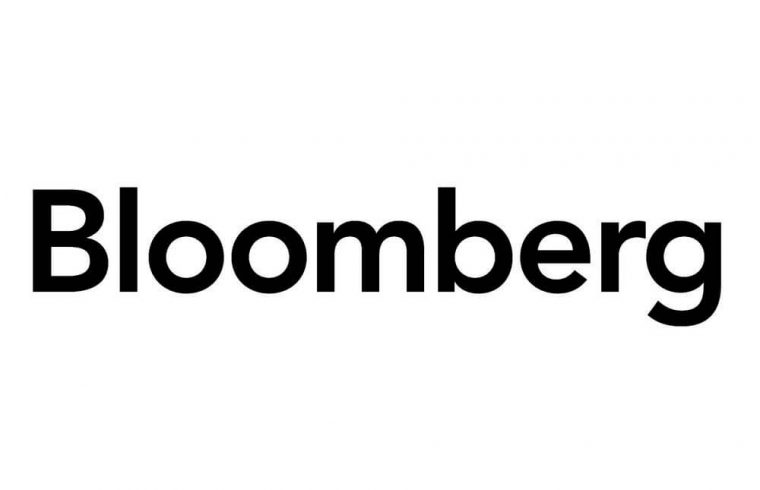“By pre-ingesting, mapping, and linking many different data sources together, Bloomberg allows customers to significantly reduce the time needed to generate signals or insights.”
Bloomberg has announced the launch of a new data product: Company Financials, Estimates and Pricing Point-in-Time.
Designed to consolidate a wide array of datasets from various sources, the new product streamlines the research process for investors by providing historical data and enabling the connection of traditional company information with alternative data types.
Point-in-time data simplifies the process of obtaining high-quality research data from multiple providers and gives investors the insights needed to maintain a competitive edge.
Historical data for over 58,000 public companies
Bloomberg’s solution involves pre-processing, mapping, and linking diverse data sources to allow customers to efficiently derive valuable insights.
Key features of the offering include historical data for over 58,000 public companies, information on company revisions and corrections, and a universe that includes both active and inactive companies to avoid biases. It also provides standardized fields across industries, adjusted values, daily calculated financial ratios, forward price adjustments, earnings date stamps, and Bloomberg proprietary fields for earnings surprise analysis.
Bloombeg’s point-in-time data targets quant customers seeking quality data and the benefits of AI technology for enhanced investment strategies. The firm also offers other quant solutions like Company Revenue Segmentation Data and Industry Specific Fundamental Data products, which provide actionable insights and integrate with alternative datasets.
Point-in-time data is essential for accurate backtesting
Tony McManus, Global Head of Enterprise Data at Bloomberg, said: “Infinite computing power, data-friendly programming languages, machine learning tools, advances in AI and easy access to financial analytics has unlocked a vast and abundant set of new data sources for investors. Managing the amount of data that is available today — and gleaning insights not already discovered by the market — has become a massive undertaking.
“By pre-ingesting, mapping, and linking many different data sources together, Bloomberg allows customers to significantly reduce the time needed to generate signals or insights. There is a significant demand for fundamental, quantamental and quantitative company research, and this new point-in-time data product is just part of the long-term investment we’re making to build out a deep, interconnected suite of company research products.”
Angana Jacob, Head of Research Data, Enterprise Data, commented: “A critical component of Bloomberg’s offering is its inclusion of true, historical point-in-time data, which is essential for accurate backtesting. Without historical point-in-time data, models can overestimate returns due to survivorship bias and look ahead bias. What sets Bloomberg’s new data solution apart is that it empowers quants and research analysts with the insights they need to build accurate models that allow them to forecast as precisely as possible a security’s performance, and we are thrilled to provide institutional investors with this full picture they need to derive differentiated market insights.”
Bloomberg’s automated trading solution outperformed manual trading
Bloomberg recently reported the success of its proprietary automated trading solution, Rule Builder (RBLD). After analyzing data from Bloomberg’s Transaction Cost Analysis (BTCA), the company confirmed these tools facilitate better trading decisions and execution but also ensure compliance with firm policies.
The results were significant, showing a 30% and 36% increase in overall performance for U.S. and European trading desks, respectively, that utilized RBLD.
When examining specific equity trades, U.S. orders automated with RBLD outperformed manual orders by 38%, while in Europe, the performance improvement was even more substantial at 68%. These findings underscore the efficiency and consistency RBLD brings to trading, with less variation in performance and better management of trade costs.
The analysis also highlighted RBLD’s capability to exceed manual order performance across various order sizes, emphasizing its adaptability to both U.S. and European markets. For instance, in the U.S., automated orders outperformed manual ones by margins ranging from 25% to 47% depending on the order size, while in Europe, the improvement ranged from 51% to 84%.












